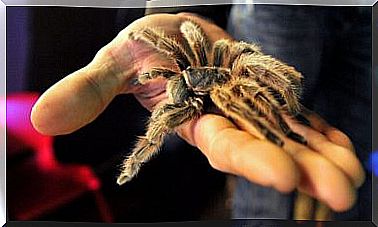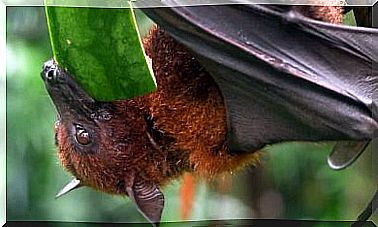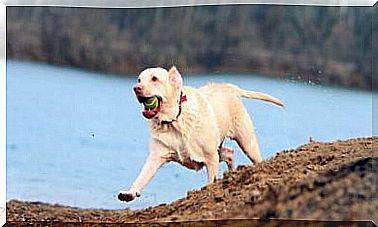How To Manage A Cat’s Anger
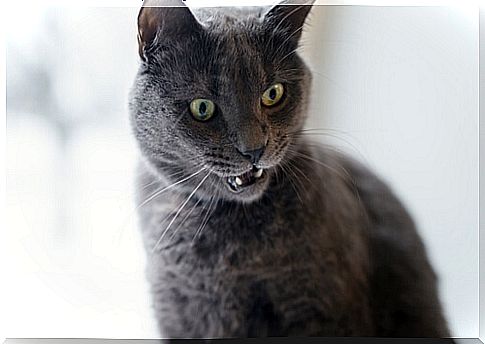
Many people who prefer to have a dog rather than a cat base their decision on the fickle nature of felines. Cats are often described as loving their independence, an independence that can border on indifference or aggressiveness.
The vast majority of aggressive behaviors that occur in any animal derive from a situation of stress or danger. There is little the owner can do in these situations, apart from learning to recognize the signs and causes of our pet’s anger.
How to recognize a cat’s anger
First of all, we must bear in mind that the level of domestication of cats is lower than that of dogs. This means that, in situations of danger, stress or uncertainty, it is easy for them to react in a way that is closer to that of a wild animal than that of a domestic animal.
This inferior domestication leads cats to live in a semi-permanent state of alertness and tension, especially when it comes to coming into contact with people outside their environment.
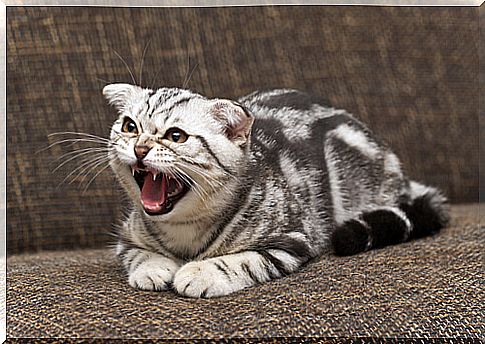
Certain apparently innocuous behaviors can lead to an unpleasant response. Young children, for example, tend to play with cats’ tails and treat them too roughly. This can make the animal feel stressed and react against a hypothetical threat.
Here is a list of signs that can help us recognize that our cat is about to react with anger or violence:
- Dilated pupils.
- Bristly loin. A cat that senses an imminent threat will arch its back, show claws and teeth, and assume an attacking stance with its hair standing on end. This defense measure creates the illusion that the animal is larger than it is.
- Folded ears.
- Withdrawal of the lips to show the fangs, often coupled with hissing.
- Grunting
Early weaning and anger issues
A recent study has highlighted the relationship between early weaning in cats and the development of anger-prone behavior. This practice can also lead to the appearance of so-called stereotypical behaviors, in which movements are repeated without a defined function.
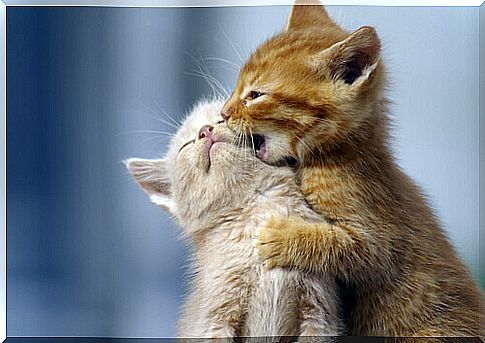
The study, published in the journal Scientific Reports, delved into the consequences of weaning cats less than 12 weeks old. We worked with 5 726 specimens of 4th different breeds. The results showed that those cats weaned at eight weeks showed a behavior more prone to aggressiveness than fear.
The findings of the discovery led to the suggestion that a weaning from 14 weeks was the best solution for the animal.
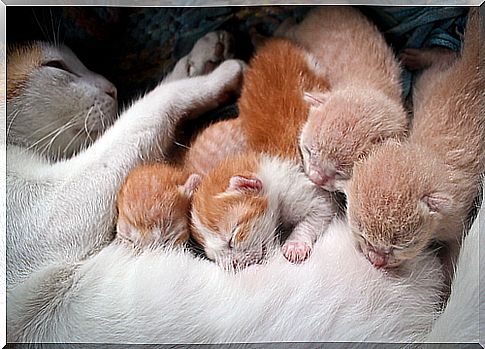
We define ‘weaning’ not only as the cessation of breastfeeding, but also as the separation of the puppy from the mother. Wild cats usually spend between four and eight weeks with her, but the common house cat or Felis catus Linnaeus 1758 spends an average of four months with its mother before ‘ becoming independent’.
The importance of early socialization in animals
Also called imprinting , the period of socialization that the youngest puppies go through with their mother is vital for their subsequent neurological and social development. Many of the problems that our pets develop during their adulthood stem from early weaning.
During the first weeks of life, the mother stimulates her puppies to develop certain essential reflexes for their bodily functions. She encourages them to move, to look for the breast and even stimulates the peritoneum to facilitate defecation.

In the event that this process is not completed satisfactorily, a series of syndromes such as those detailed below may occur:
- Separation reaction syndrome. Animals that experience this syndrome have abnormal and destructive behaviors when faced with prolonged periods of solitude.
- Hyperactivity syndrome. During socialization, the half-bites that littermates play with teach them not to bite hard at their peers. If they don’t go through this process, they will channel their energy destructively and bite their owner hard.
- ‘Deprivation’ syndrome. It affects those animals that do not tolerate noise outside their environment, such as a car engine, sirens, horns …
